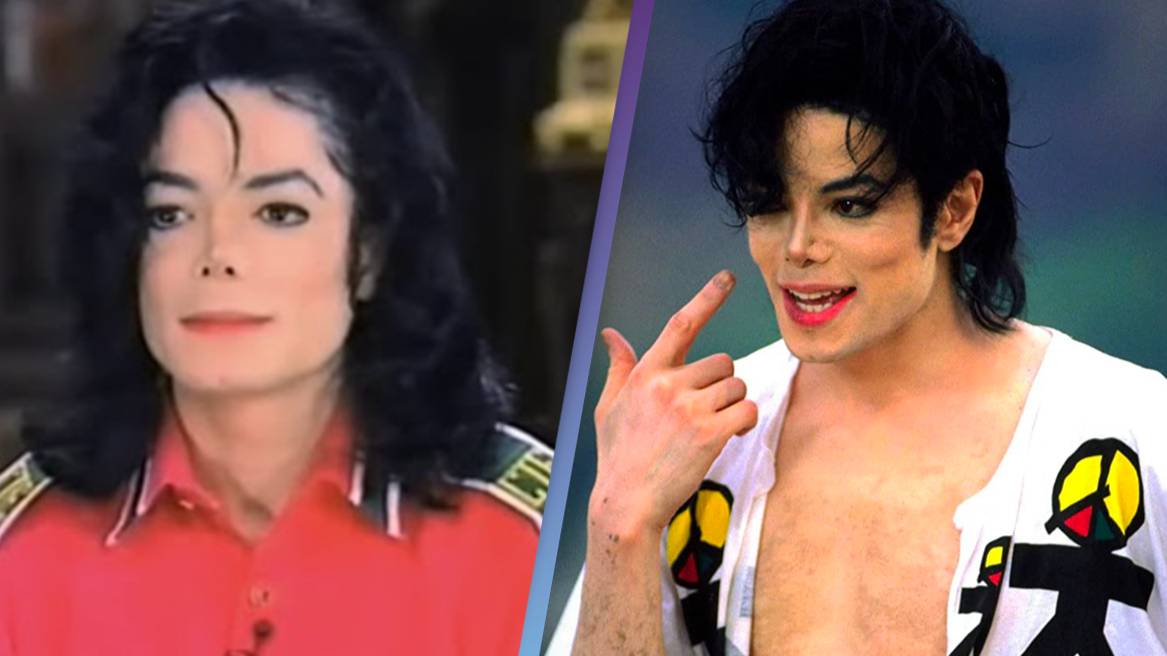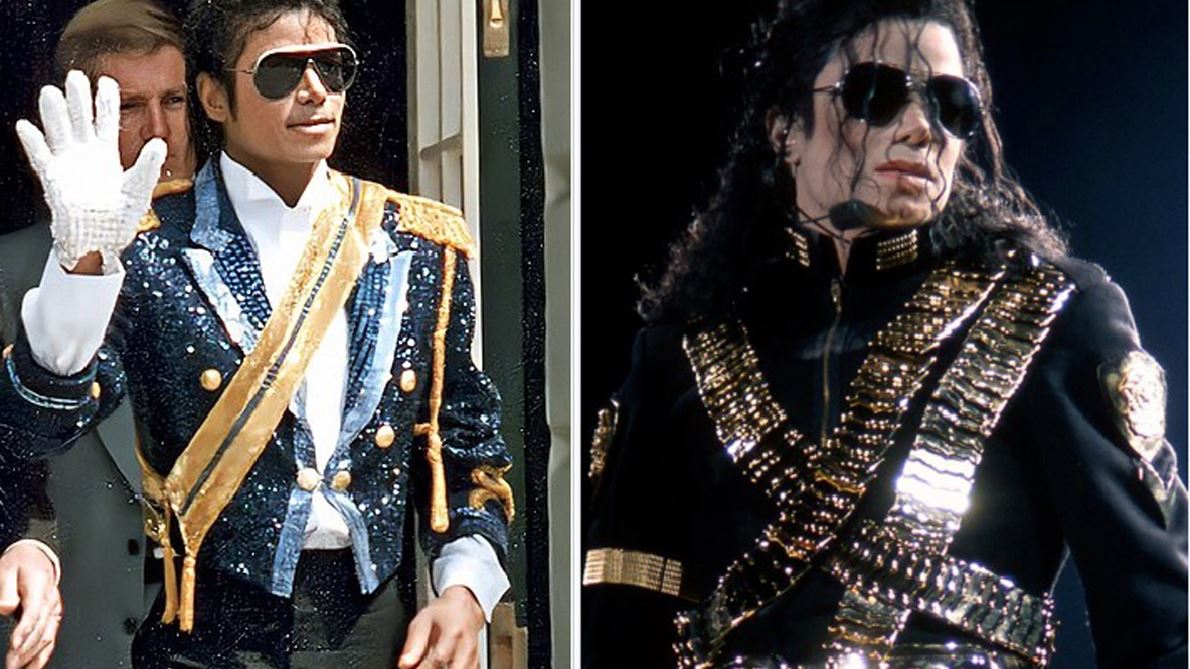Michael Jackson, one of the most iconic figures in music history, was often in the spotlight for his unique appearance changes. Among the many questions surrounding his life, the skin disease that Michael Jackson had remains a topic of intrigue. This article dives deep into the condition, separating facts from fiction and shedding light on what truly happened.
Throughout his career, Michael Jackson's transformation was a subject of speculation. Many wondered about the reasons behind his evolving complexion. While rumors swirled, the truth lies in a medical condition that significantly impacted his life.
Understanding the skin disease that Michael Jackson had not only offers insight into his personal journey but also raises awareness about a condition that affects many individuals worldwide. This article aims to provide a comprehensive exploration of the topic, supported by credible sources and expert opinions.
Read also:Mila Kunis Feet A Comprehensive Exploration Of The Topic
Table of Contents
- Biography of Michael Jackson
- The Skin Disease That Michael Jackson Had
- What Is Vitiligo?
- Causes of Vitiligo
- Symptoms of Vitiligo
- Treatment Options for Vitiligo
- Lifestyle Adjustments for Managing Vitiligo
- Common Misconceptions About Vitiligo
- Impact on Michael Jackson's Life
- Raising Awareness About Vitiligo
Biography of Michael Jackson
Before delving into the specifics of his skin condition, it's essential to understand the man behind the legend. Michael Joseph Jackson was born on August 29, 1958, in Gary, Indiana. Known as the "King of Pop," he became one of the most influential musicians of all time.
Early Life and Career
Michael's journey in music began at a young age with The Jackson 5, a family band that catapulted him to fame. His solo career took off in the late 1970s with albums like "Off the Wall" and reached unprecedented heights with "Thriller," the best-selling album in history.
Personal Life and Challenges
Despite his success, Michael faced numerous challenges, including controversies surrounding his personal life. Among these challenges was the skin disease that Michael Jackson had, which became a focal point of media attention.
Biographical Data
| Name | Michael Joseph Jackson |
|---|---|
| Born | August 29, 1958, Gary, Indiana, USA |
| Occupation | Singer, Songwriter, Dancer |
| Known For | "King of Pop," Thriller, Off the Wall |
The Skin Disease That Michael Jackson Had
Michael Jackson openly discussed having vitiligo, a chronic skin condition that causes depigmentation of the skin. This revelation was made during his 1993 deposition in a civil lawsuit, where he addressed rumors about his appearance changes.
Vitiligo as a Medical Condition
Vitiligo is characterized by the loss of skin color in patches, often affecting areas exposed to the sun. Michael's condition contributed to the significant changes in his appearance over the years.
What Is Vitiligo?
Vitiligo is a long-term autoimmune disorder that affects the skin's melanocytes, the cells responsible for producing pigment. It leads to the development of white patches on the skin and can occur in any part of the body.
Read also:Kelly Jane Caron The Rising Star Of Hollywood
Types of Vitiligo
- Localized Vitiligo: Affects specific areas of the body.
- Generalized Vitiligo: Spreads across the body in a symmetrical pattern.
- Universal Vitiligo: Involves widespread depigmentation, covering most of the body.
Causes of Vitiligo
The exact cause of vitiligo remains unknown, but several factors contribute to its development:
- Autoimmune Disorders: The immune system mistakenly attacks melanocytes.
- Genetic Predisposition: Family history increases the risk of developing vitiligo.
- Environmental Triggers: Stress, sunburn, or exposure to certain chemicals may trigger the condition.
Symptoms of Vitiligo
Identifying vitiligo involves recognizing specific symptoms:
- White patches on the skin, often symmetrical.
- Premature graying or whitening of hair.
- Loss of color in the tissues lining the mouth or nose.
These symptoms can vary in severity and progression, making early diagnosis crucial.
Treatment Options for Vitiligo
While there is no cure for vitiligo, various treatments aim to improve skin appearance:
Medical Treatments
- Topical Corticosteroids: Reduce inflammation and promote repigmentation.
- Light Therapy: Uses ultraviolet light to stimulate melanocyte activity.
- Depigmentation Therapy: Fades unaffected skin to match the lighter areas.
Surgical Options
Skin grafting and melanocyte transplantation are surgical methods used to restore pigmentation in affected areas.
Lifestyle Adjustments for Managing Vitiligo
Living with vitiligo requires making certain lifestyle adjustments:
- Protecting the skin from sun exposure with sunscreen and clothing.
- Using cosmetic products to even out skin tone.
- Seeking support from mental health professionals to address emotional challenges.
Common Misconceptions About Vitiligo
Many myths surround vitiligo, leading to misunderstandings:
- Myth: Vitiligo is contagious. Fact: It is not contagious and cannot be transmitted through contact.
- Myth: Vitiligo only affects the skin. Fact: It can impact emotional well-being and self-esteem.
Impact on Michael Jackson's Life
The skin disease that Michael Jackson had profoundly affected his life. Dealing with vitiligo added complexity to his public persona, as he navigated both the physical and emotional aspects of the condition.
Public Perception
Media scrutiny and public speculation often overshadowed the medical reality of Michael's condition. His openness about vitiligo helped reduce stigma and raised awareness about the challenges faced by those with the disease.
Raising Awareness About Vitiligo
Education and awareness are key to understanding vitiligo. Organizations such as the Vitiligo Society and the National Vitiligo Foundation work tirelessly to provide resources and support for those affected.
How You Can Help
- Spread accurate information about vitiligo to combat misinformation.
- Support research initiatives aimed at finding better treatments and potential cures.
- Offer empathy and understanding to individuals living with the condition.
Kesimpulan
In conclusion, the skin disease that Michael Jackson had—vitiligo—was a significant part of his life. Understanding this condition not only sheds light on Michael's personal journey but also highlights the importance of empathy and awareness in society.
We encourage readers to share this article, engage in discussions, and explore further resources to deepen their understanding. Together, we can create a more informed and compassionate world for those living with vitiligo.
For more insights into health, lifestyle, and celebrity stories, explore our other articles. Your feedback and interaction are invaluable to us!
References:
- Mayo Clinic. (2023). Vitiligo. Retrieved from [mayoclinic.org](https://www.mayoclinic.org)
- National Institutes of Health. (2023). Vitiligo: A Comprehensive Review. Retrieved from [nih.gov](https://www.nih.gov)
- Vitiligo Society. (2023). About Vitiligo. Retrieved from [vitiligosociety.org](https://www.vitiligosociety.org)

